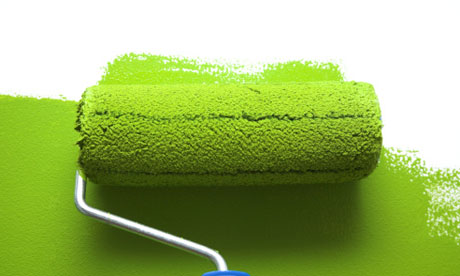Here’s To My DIYer’s
As a color consultant I have to say when preparing to paint your space, the obvious is that you must know what colors you would like to use. However, unfortunately it’s more than color. Although finding colors are very important. I’m not going to focus on how to chose colors for your space. I would like to give you advice on a very important step when planning your next painting project.
Preparation!
Lets minimize those trips back and forward to the store. Having the correct material that suites your project saves time, money, and adds comfort. You want a fun and exciting experience!
Project Checklist:
- Interior paint (latex acrylic is a great choice of painting)
- Primer (to gain the truest version of your color choice it’s always best to prime your walls first)
- Ceiling Paint (It’s always great to refresh your ceilings along with the rest of the room)
- Spackle/Putty (lightweight spackle is great for small nail holes and other minor indentations in the wall. Plus, it dries pretty quickly)
- Putty Knife (a 2” stiff putty knife works pretty well. There are also flex putty knifes available. Just ask your store associate which would better suite your needs.)
- Painters Tape (Read the label when purchasing blue tape. There are different adhesives levels, ex: walls windows, trim; masonry, concrete etc.)
- Sandpaper (I personally find it helpful to grab two different grits of sandpaper. “Coarse” for heavy sanding and remove, and “fine” to buff for a smooth surface)
- Caulk and Caulking Gun (caulk is used to seal cracks, specially in areas around windows and doors. When purchasing a caulk gun make sure it has a somewhat easy drawback)
- Cleaning solution (If you are using interior latex paint soap and water should suffice, however, for more complex paints, such as oil paints and certain enamels it would be wise to pick up some sort of mineral spirit)
- Drop Cloths (Plastic or Canvas; plastic drop clothes have different weights for different levels of coverage. The heavier the weight, the better and more durable the cover. There is also Resin Paper; a thick roll of paper used to cover hard surface flooring)
- Roller/Frame (No cheap frames! It only makes the project frustrating. Get a frame that has a comfortable grip, stiff frame, and nice roll. Rollers should be chosen according to the fibers its made of, the nap size, and paint being used. Majority brands of paints recommend a certain fiber for their paint)
- Brushes (Be sure to get a nice quality brush. There are angled brushes for cutting in on corners and edges where the walls meet trim, ceiling, etc. And there is a trim brush the minimizes visible brush strokes)
- Paint Tray and Tray Liners (this helps when switching out colors)
- Ladder/Step ladder
- Extension Pole
- Gloves (This is totally your call)
- Rags, Paper towels, Bucket (it really saves a lot of time by keeping a wet rag in your back pocket or near by)
- Paint Thinner (depending on the project)
- Razor blades
- Hand cleaner
Now, not everyone will need each and every item on the checklist. However, its very important to understand what you need before starting if you want a smooth process. Whatever tools you choose, remember the objective is to have fun; preferably complaint free. Please feel free to add a comment or ask questions. I’ll be sure to answer to the best of my ability. Good luck and happy painting!


